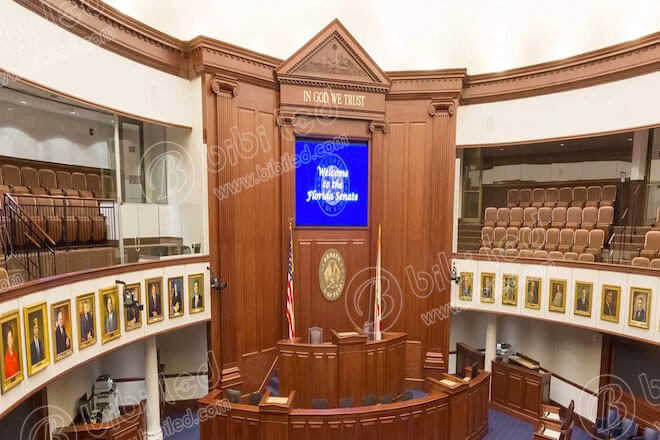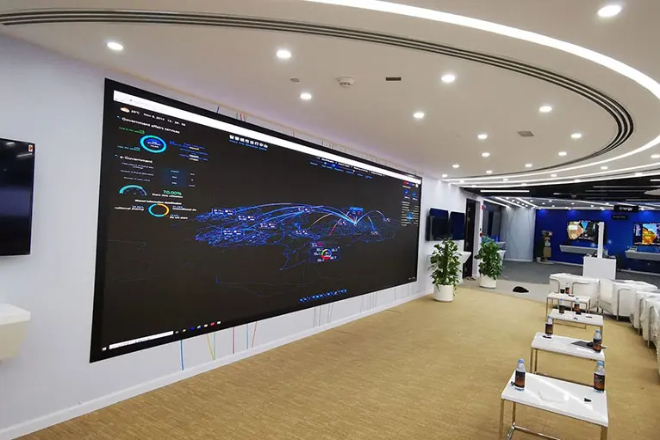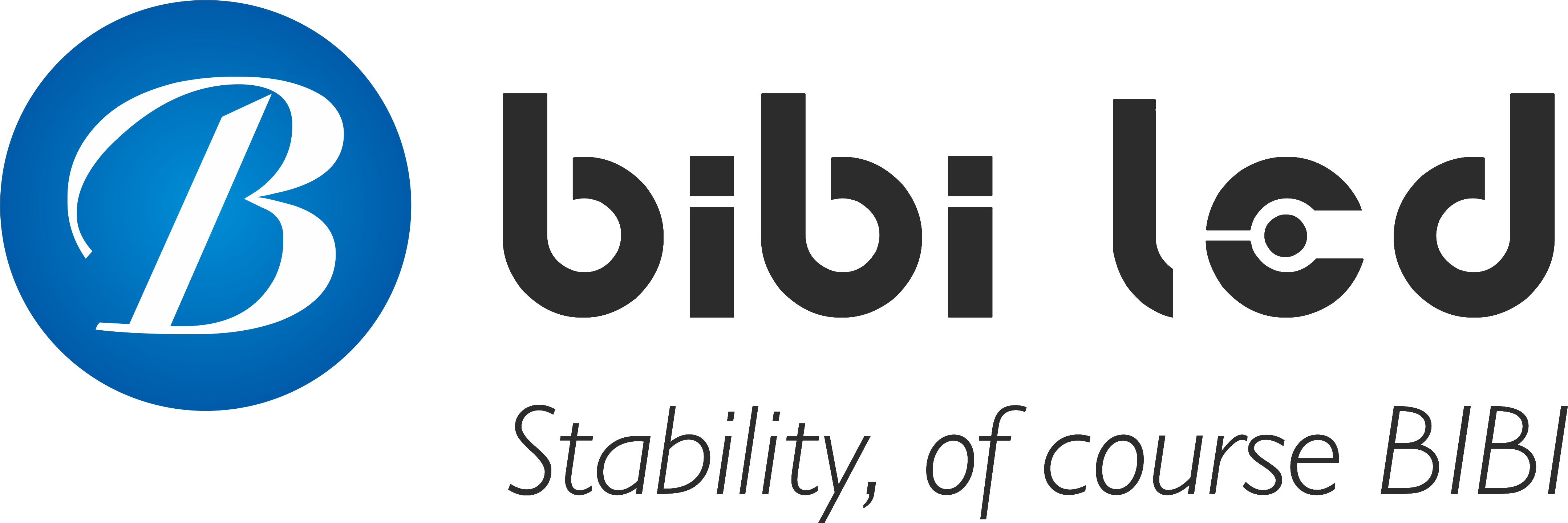介绍
Walking into the government hall, each LED显示屏 is like a “little information housekeeper” silently serving the people.
They can not only display policies, regulations, and work procedures but also bring the 政府 and the people closer.
Nowadays, these screens are becoming more and more intelligent. How can they play a greater role? Let’s explore it together!
目录
1. LED display screen suitable for the government hall
1). Small pitch LED display screen
The small pitch LED display screen is like a super high-definition “information display artifact,” which is particularly practical in the government hall.
It can clearly display the complex contents of government information, work procedures, policies, and regulations so that people can understand them at a glance and the efficiency of work can be directly maximized.
Moreover, the picture quality of this display screen is particularly good, with bright colors and clear layers.
It looks comfortable and will not make people feel tired. Whether the light in the hall is bright or dark, it can remain clear, and the information can be seen clearly at any time.
With it, the sense of technology in government halls has come up all of a sudden. When people come to do business, seeing such a clear and beautiful information display will definitely add a lot to the overall impression of the hall.
2). 室内LED显示屏
The indoor LED display screen in the government hall is like an “all-round display expert.” It has high brightness.
Even if the light in the hall is very strong, the information can be clearly displayed without worrying about not being able to see clearly.
Moreover, its viewing angle is particularly wide, and the public can see the picture clearly from all angles without blind spots.
If some dynamic videos are played, such as government propaganda videos, the high refresh rate makes the picture smooth and looks very comfortable. The most important thing is that this display screen is very energy-saving.
Compared with traditional display screens, it can save a lot of electricity bills, which is both environmentally friendly and cost-saving.
Using it in the government hall can not only make information display more efficient but also enhance the overall image so that the public feels that the service quality of the hall is very high.
3). 透明LED显示屏
The transparent LED display screen adds a layer of “technological magic” to the government hall. It has high transparency.
When placed in the hall, it can display information without blocking other decorations in the hall, and it looks particularly harmonious.
This display screen can make many creative displays, such as displaying information on the glass curtain wall or combining it with other facilities in the hall to create some interactive effects, which is particularly attractive.
Moreover, its design is very thin and light, and it is also very flexible to install, and it does not take up too much space.
Using it in the government hall can not only make the information display more creative but also enhance the sense of technology of the entire hall so that the people feel that the government work is particularly innovative and more willing to participate and interact.
2. Analysis of the role of LED display screens in government halls

1). 信息显示功能
In the government hall, the LED display screen is like an “information steward.”
It can display complex content such as policies and regulations, procedures, announcements and notices in the simplest and most straightforward way so that the people who come to do business can understand it at a glance.
For example, at the tax window, many people are confused about the tax policy, but with the LED display screen, the policy can be interpreted clearly, and everyone will have a bottom line in their hearts.
The same is true for the social security window. The specific process and required materials for handling social security are displayed so that people will not be in a hurry to prepare the materials.
This targeted information display can not only help people save time but also make the hall more orderly.
2). Image publicity function
The LED display screen can also help the government “advertise”.
By playing videos or pictures of some government work achievements and advanced deeds, the public can intuitively see what the government has done in major events, such as improving people’s livelihood and economic development.
For example, by showing newly built roads, newly built schools and hospitals, the public can actually see what good things the government has done for them.
For another example, playing some touching stories of grassroots staff can make the public feel that people in the government are really doing things for the people.
In this way, the public’s favorability towards the government will naturally increase, and they will be more willing to support the government’s work.
3). Interactive communication function
The most powerful thing is that the LED display can also allow the government and the public to communicate “face to face.”
For example, a section for collecting opinions can be set up, and the public can give feedback on any ideas and problems they encounter through the screen.
After seeing it, the government can adjust its work in time to make the policy more in line with the needs of the people.
When interpreting the policy, if the public has questions, the staff can directly answer them through the screen. This real-time interaction is as natural as chatting.
In this way, the public feels that their voices are valued, the government can better understand the public’s ideas, the communication between the two sides is smoother, and the public’s satisfaction is naturally high.
In short, the LED display screen in the government hall is not only a tool for displaying information but also a “magic weapon” that brings the government and the people closer.
If it is used well, it can make the government work more efficiently and make the people more satisfied.
3. Analysis of factors affecting the information dissemination effect of LED display screens
1). Hardware facilities
1.1). Resolution and clarity:
A high-resolution display screen is like a pair of high-definition glasses, which can make complex charts and small texts clear.
If the resolution is low, the data in the chart will look like a mess, and the text will be like ants, and the people will definitely not understand it.
Especially when displaying some policies, regulations or business processes, high resolution can make the information clear at a glance and reduce misunderstandings.
1.2). Display screen size and position:
The size and placement of the display screen are also critical.
For example, the entrance of the hall has a large flow of people, so it is suitable to put a large display screen to display all the comprehensive information so that people can see it as soon as they enter the door.
Next to the specific service window, a small display screen can come in handy to display content related to the window business, such as the small screen next to the tax window, which can specifically interpret the tax policy.
1.3). Number and layout of display screens:
Reasonable layout of multiple display screens can display information in categories and cover all areas of the hall.
For example, a large screen displays comprehensive information, and several small screens display detailed content of different windows.
This can not only avoid duplication of information, but also ensure that people in each area can see the information they need and will not miss important content.
2). Content design
2.1). Accuracy and timeliness of information:
The information released must be accurate, just like the weather forecast. If it is wrong, it is easy for everyone to “run away”.
When policies and regulations are updated, the content on the display screen must also be updated quickly, otherwise the people will encounter trouble if they follow the old policies.
Timely updating of information can enable the people to understand the latest policies at the first time and reduce unnecessary troubles.
2.2). Simplicity and readability of content:
The information should be concise and clear, just like explaining the truth to the people, and you can’t beat around the bush.
Explain the complex content in simple and straightforward language, with clear layout, so that the people can quickly grasp the key points.
For example, highlight the key content of policies and regulations in large fonts, with simple charts, so that people can understand it at a glance.
2.3). Diversity and attractiveness of content:
When displaying information, it cannot be just dry text, but it must be a bit “fancy.”
Combining text, pictures, videos, and even some vivid animations is like telling the masses an interesting story, which can attract their attention.
For example, making a policy animation interpretation video using cartoon characters to explain complex policies the masses will be more interested in watching.
3). Audience needs
3.1). Differences in information needs of different audience groups:
Different people have different needs for information. For example, the elderly may prefer to read text information because they read it carefully; young people may prefer videos and animations, which they find fresh and interesting.
Therefore, when designing content, we must consider people of different ages, occupations and cultural levels and try to meet everyone’s needs.
3.2). Audience information reception habits:
The habits of the masses receiving information in the hall must also be studied. For example, when everyone is waiting to do things, the most concerned thing is definitely the process of information related to their own affairs.
Therefore, in the queuing area, more service processes and precautions can be displayed so that the masses can be prepared in advance while waiting and reduce anxiety.
In short, if you want the LED display to have a good information dissemination effect, the hardware facilities must be strong, the content design must be thoughtful, and the needs and habits of the audience must be considered.
Only by considering these factors can the display really play its role and satisfy the masses.
4. Strategies to improve the information dissemination effect of the LED display

1). Hardware optimization strategy
1.1). Choose the right display technology:
The environment of the government hall is quite special, with people coming and going, so you have to choose a full-color LED display suitable for indoor use.
This screen is brightly colored, can be seen clearly from all angles, and can display the information clearly.
If the light in the hall is more complicated, you have to choose the one with adjustable brightness to ensure that you can see it clearly at any time.
1.2). Reasonable planning of the display layout:
The space in the hall is limited, and the display must be placed in the most conspicuous place.
For example, the entrance has the largest flow of people, so a large screen should be put in place to display the most important information, such as the day’s service guide, emergency notices, etc.
In each service area, put some small screens to display detailed information related to that area specifically. In this way, no matter where the masses go, they can find the information they need.
1.3). Regular maintenance of display screen equipment:
After using the display screen for a long time, it is inevitable that there will be some minor problems.
Check it regularly and repair it immediately if there is any problem. Do not let the screen go black or display abnormally, otherwise the information will not be transmitted.
You can arrange a dedicated person to clean the screen and check the line regularly to ensure that the display screen can always work normally.
3). Content optimization strategy
3.1). Establish an information review mechanism:
The information posted on the display screen must be strictly reviewed. There must be no typos and no conflicts with policies. Make sure that every piece of information is accurate.
You can set up a small team to review the content to ensure that the information meets policy requirements and can be understood by the public.
3.2). Develop a content update plan:
The work of the government is dynamic, and the information must be updated accordingly. You can develop an update plan based on the government’s work progress and the needs of the public.
For example, update the service process once a week and update the policy interpretation once a month.
In this way, the public can see the latest information every time they come and will not feel that the content is outdated.
3.3). Use diversified content design:
Text alone is too boring, so you need to add some pictures, videos, and even animations.
For example, make an animation of policy interpretation, use cartoon characters to explain complex policies in a simple and interesting way.
Or make a diagram of the process of doing things, use arrows and icons to clearly mark the steps. In this way, the masses will not feel tired when watching, and can understand the information faster.
4). Audience-oriented strategy
4.1). Conduct audience research:
You cannot be dictatorial, you must understand what the masses want to see. You can ask the masses for their opinions on information content and presentation methods through questionnaires and on-site interviews.
For example, put a small questionnaire in the hall and ask the masses to fill in what information they are most concerned about; or arrange staff to chat with the masses on the spot and listen to their ideas.
4.2). Customize content according to audience needs:
Different people have different needs. For example, the elderly have poor eyesight, so they have to prepare large-font text information for them; young people may prefer videos and animations.
According to these characteristics, personalized information content can be customized so that everyone can find information that suits them.
4.3). Strengthen interaction with the audience:
It is not enough to just transmit information in a one-way manner but also to interact with the masses. Interactive links, such as opinion collection and problem feedback, can be set up on the display screen.
Whatever ideas or problems the masses have, they can be fed back through the screen, and the staff will respond in time after seeing it. In this way, the masses will feel that their voices are valued, and their sense of participation and satisfaction will naturally increase.
In short, if you want to improve the information dissemination effect of the LED display screen, you have to start from the three aspects of hardware, content, and audience.
The hardware should be selected correctly, the layout should be reasonable, and the maintenance should be timely; the content should be accurate, the update should be timely, and the form should be diverse.
The needs of the audience should be understood, the content should be customized, and the interaction should be strengthened. Only in this way can the display screen really play its role and satisfy the masses.
5. 结论
In short, the LED display screen in the government hall is like an “information magician.”
As long as we work hard to optimize the hardware, design the content, and listen more to the voices of the masses, we can make them serve everyone better.
In this way, it will be more convenient for the masses to do things, and the relationship between the government and the masses will be closer!
Finally, if you want to know more about the LED display screen, 请与我们联系。
